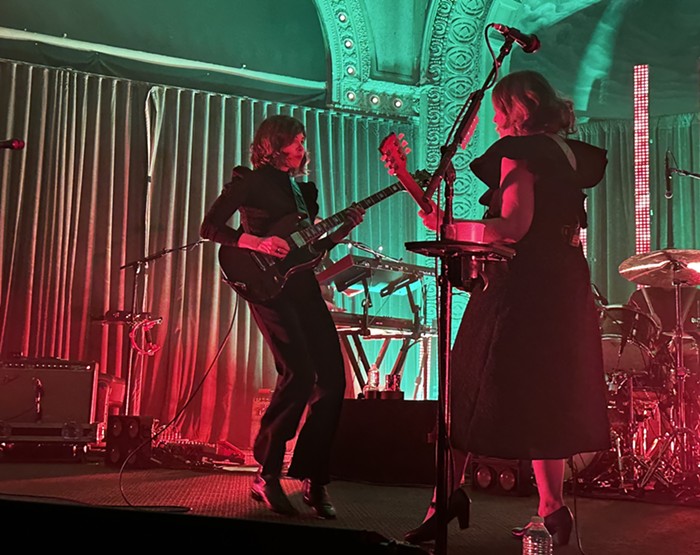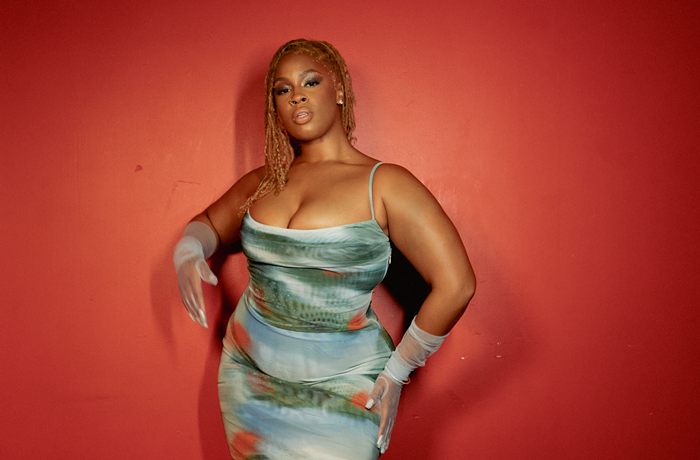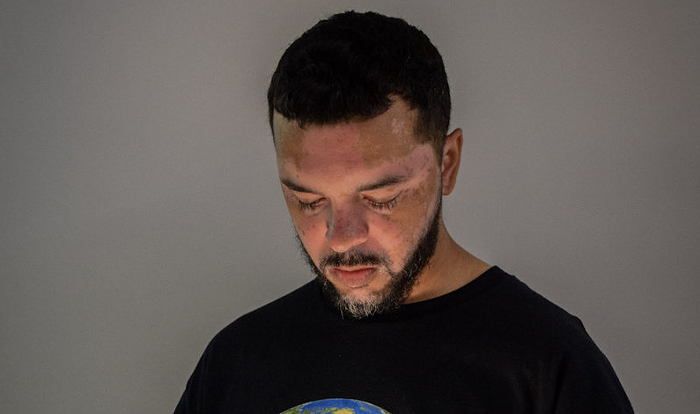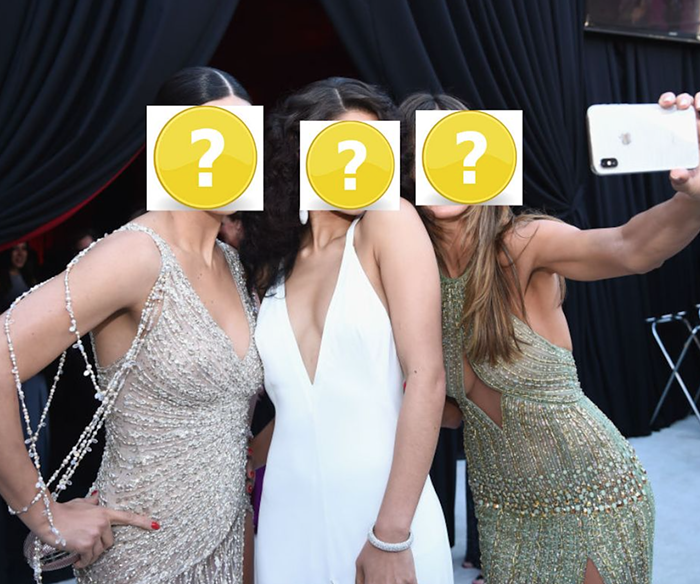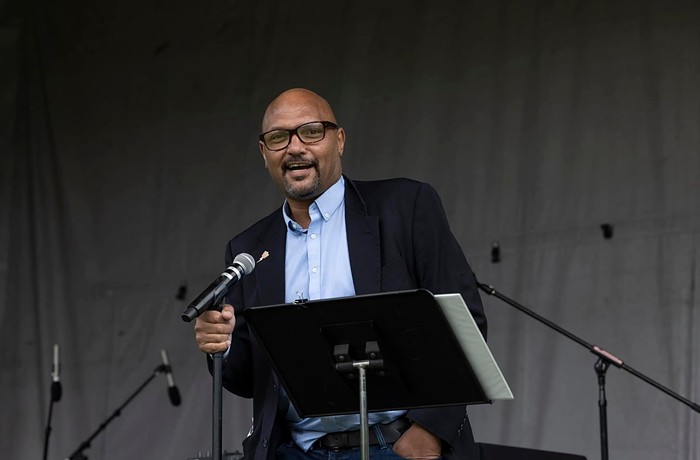Some people say guitars have songs living inside them. Aaron Livingston, the Philadelphia-based musician who performs as Son Little, experienced this firsthand while touring through Australia last fall. He’d been working on his second album, and believed he’d written all the songs he needed. But near the end of the tour, in the country’s Northern Territory, he was loaned a guitar by the beloved Aboriginal singer Geoffrey Gurrumul Yunupingu.
“I feel like his energy was in the guitar, and I could feel it while I was playing it,” Livingston says from a tour stop in Annapolis, Maryland. “I holed up in this hotel room for really just a few hours and ended up with five songs—three are on the record. I think there was a certain vibe that got in there, and I realized that I wasn’t quite done; I had a little bit more to say. Those three songs that I did use became the heart of the record. I think that’s when I would say it really came together clearly for me.”
New Magic comes two years after Son Little’s self-titled debut, and it’s a great leap forward, sonically and conceptually. Livingston is both a singer/songwriter and a musical alchemist, fusing electronic and hip-hop elements with blues and soul. On acoustic songs like “Letter Bound” and “Mad About You,” Livingston demonstrates the vocal versatility he’d only hinted at before, and more rhythmic cuts like “Bread & Butter” and “ASAP” find him in sexed-up, bluesy R&B mode. With its sunny, tropical feel, “Blue Magic (Waikiki)” is the album’s most energetic and lighthearted track, but Livingston explains that finishing it was anything but carefree.
“That was the one song I tinkered with the most,” he says. “I made it two different times, in different keys, with different tempos. I took a lot of things in and out, and I was trying lots of stuff to get it to sound the way I wanted it to. I was at the point of getting frustrated. I was in Hawaii at the time, and I thought, ‘Man, I’m in Hawaii. This is nice. I shouldn’t be here tweaking this song. This isn’t the moment for that.’ And so I went outside to the beach, where everybody was at.”
Having collaborated with artists like the Roots, RJD2, Portugal. The Man, and Mavis Staples (he produced her 2015 Grammy-winning EP Your Good Fortune), Livingston seamlessly incorporates many different genres into his solo work. But his adaptability is often only discussed when it concerns him and other contemporary Black musicians.
“I’m always asked to talk about the convergence of different styles in my music, and I don’t think a lot of white artists are asked the same thing,” he says. “They’re just making music. No one’s asking Feist about the convergence of different genres in her music. I’ve never seen anyone ask Kevin Parker [of Tame Impala] about the convergence of different styles in his music. But when I listen to them, I hear hip-hop, I hear R&B, I hear rock, I hear psych-rock, I hear jazz. But no one’s asking them about that. They’re asking me because I’m supposed to be one of, like, three different things. If I don’t fit into one of those things, we have to talk about why I don’t fit into one of those things.”
As for the owner of the charmed instrument that would inspire—musically and spiritually—much of New Magic, Livingston says Geoffrey Gurrumul Yunupingu died last July, less than two months before the album’s release.
“He passed away, unfortunately, before I could thank him in person for loaning me this guitar.”

